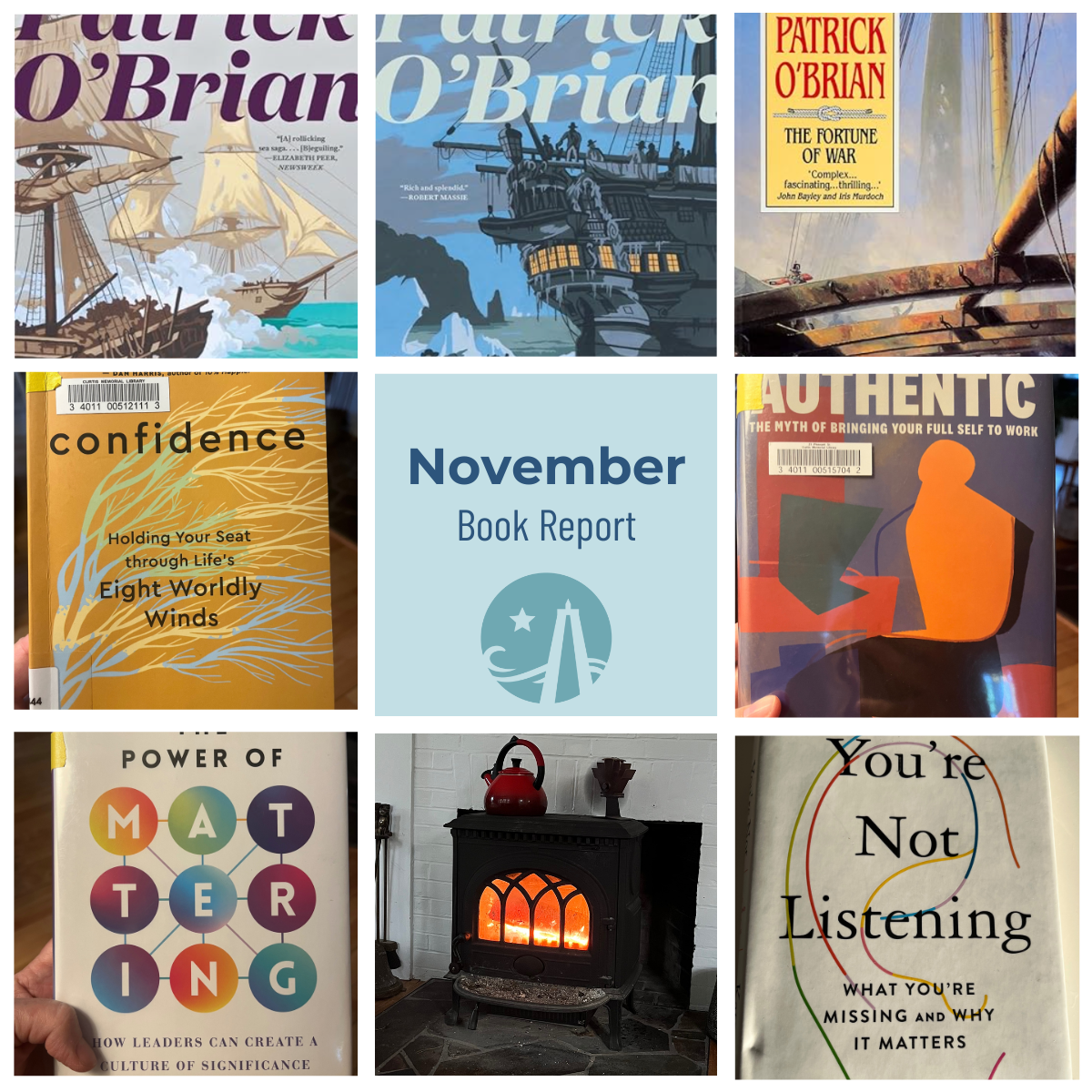Today I learned that there is an organization called “The American Institute of Stress.” I spent some time trying to assess its credibility and haven’t come away with a clear opinion yet.
One of their resources is the Holmes-Rahe Life Stress Inventory. This purports to rank various life events in objective “units” and score them against one another. I’m not sure why this would be helpful, although I suppose it could be validating to recognize that even welcome, positive changes in one’s life (a marriage, a move, a promotion, a new baby) can be challenging and stressful to navigate. Maybe if you wanted to one-up your friends and colleagues, you could use this tool to point out which of you really “deserves” to be the most stressed. But, ick. If that seems like a good idea to you, I can’t help.
A more generative way to think about life events and the change associated with a big transition is that our response to them tends to follow a predictable curve — but the magnitude of the recovery and resilience depends on our attitude and attention. Here’s a diagram of a famous “transition” model:
Changes are stressful to our well-being because they involve uncertainty, confusion, and a loss of confidence. The old ways of being and doing things unravel; the new habits and identity markers aren’t established yet. But we can move through that dip better if we know it’s coming, and if we recognize the importance of acceptance, exploration, and little tests.
If you are changing your job, what’s ahead on the other side is likely to be wonderful. But all transitions involve stress and uncertainty. I wish I had a way to save you from that. A life without uncertainty is a life of stagnation. None of us want that. Stress is the price we pay for growth.



